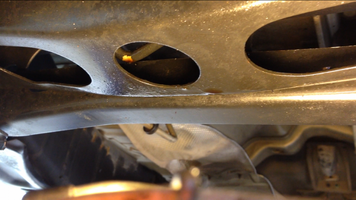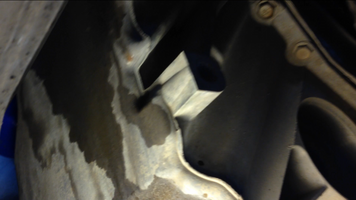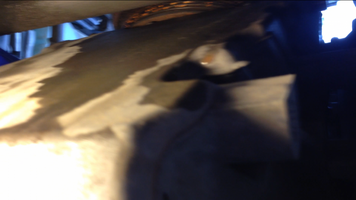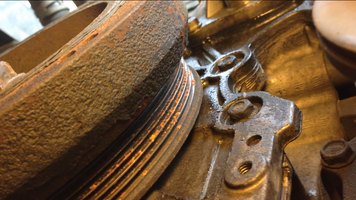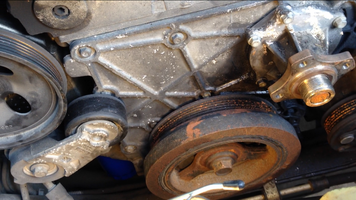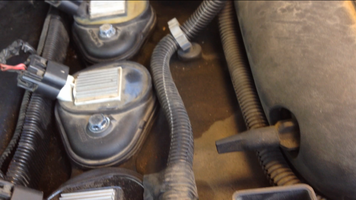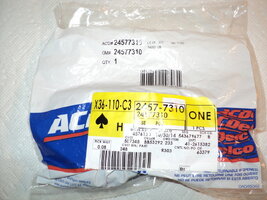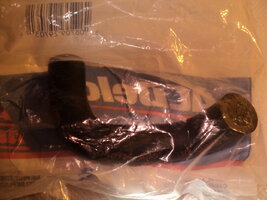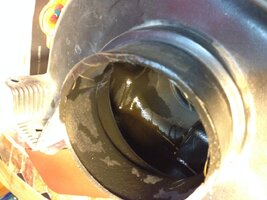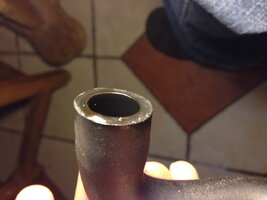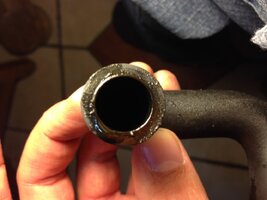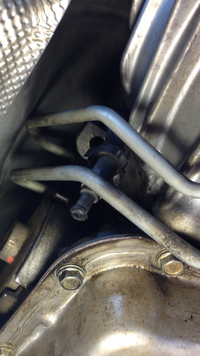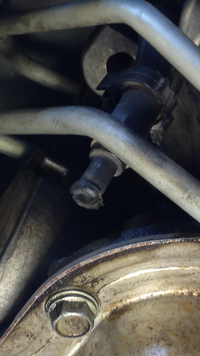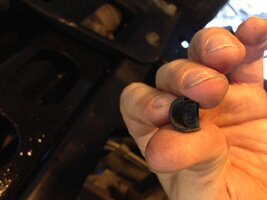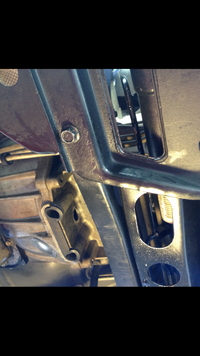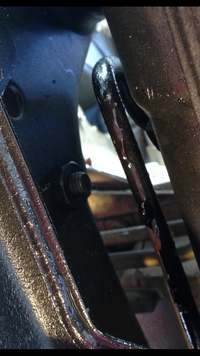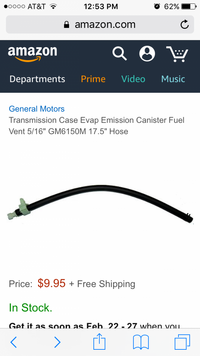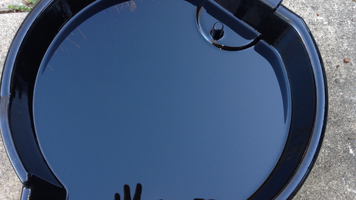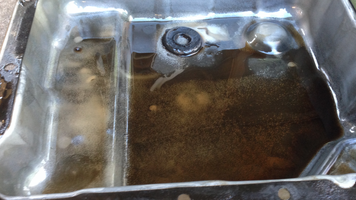This is such a "finicky' piece of wonderful machinery that my personal R&R Philosophy does NOT follow the Popular Prejudice of "...just throw it on and slap the damned thing together" approach. My feeling (and all the time, energy and money I devote to my own repairs) is to use Brand New OEM components at every single opportunity because I do not want to have to take anything apart and put it back together more than once.
But I also am loathe to spend another man's money. If you look and listen to the comments being made by our Hispanic VOP (Video Original Poster) Friend on the videos I mentioned earlier (Post #81).,.. He too observes... "This is my Mother's vehicle ...so it has to be right...". When I am done here... My son and his family will ride down the road in a virtually renewed 2002 Trailblazer... so for my situation...no expense to make that happen is too much.
The last idea here is that I also do not want to endure any risk of part failure that I could have taken care of when I had the damned thing completely apart. It is a personal choice here... but mine is to "Always R&R every single thing you can access with New, OEM Components" so I don't have to worry about it after the last fastener gets snugged down.
But I also am loathe to spend another man's money. If you look and listen to the comments being made by our Hispanic VOP (Video Original Poster) Friend on the videos I mentioned earlier (Post #81).,.. He too observes... "This is my Mother's vehicle ...so it has to be right...". When I am done here... My son and his family will ride down the road in a virtually renewed 2002 Trailblazer... so for my situation...no expense to make that happen is too much.
The last idea here is that I also do not want to endure any risk of part failure that I could have taken care of when I had the damned thing completely apart. It is a personal choice here... but mine is to "Always R&R every single thing you can access with New, OEM Components" so I don't have to worry about it after the last fastener gets snugged down.

